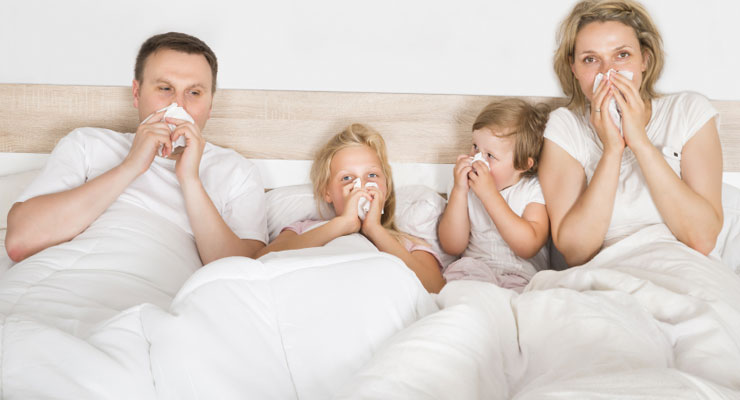
The Health Benefits of Going Outside
Most of us have been told since childhood that “getting fresh air” is important for a healthy mind and body. While there are many common myths used in parenting, spending time outside actually is extremely important to maintain health. Here are some reasons why it’s important to get out of your usual four walls.
Physical Benefits
One of the best things about getting outside is that it can actually benefit your physical body. Studies that looked at campers who spent two nights in the forest compared to people who had spent those nights in an urban environment showed the campers had a lower heartrate and lower levels of the stress hormone cortisol. Inflammation in the body can have a range of negative effects over the long term, and people who spend time outside have been shown to have lower levels of inflammation.
Sleep Better
These lower levels of stress, inflammation and resting heart rate combine to give people who have spent time outside a better sleep. If you are struggling to get a good night’s sleep, finding time during the day to take advantage of natural light and natural surroundings could help you to calm down and doze off.
Feel Better
Going outside can reduce anxiety and counteract seasonal depression. Even working indoors with natural light from a window is beneficial to a person’s mental state, creating mood elevation and increasing alertness and concentration. Spending time in natural surrounds can have a significant impact on people experiencing depression and anxiety, helping them to calm and improve their mood.
Boost Creativity
Studies into people who spend time in nature find they experience a boost in creativity. While the improved sleep and mental clarity certainly helps, studies have shown that a single walk outside can measurably improve creativity.
Get Fit
While just getting some light and fresh air is a great place to start, pairing it with some exercise enhances the benefits even further. Going for a run, swimming, cycling or doing yoga in a park –most communities have a huge range of activities available to incentivise you to leave the house, and they could be very low cost or even free!
Meet New People
One thing your lounge room is very unlikely to have is new people to meet, but the outdoors is likely to have many. Find an activity that will allow you to meet new people, and you can add the benefits of healthy socialisation with the other improvements for your mind and body. Many communities host events and clubs, such as Park Runs, fishing clubs, nature walks, photography and art classes, exercise groups. Websites like MeetUp.com can help you connect with people who share similar interests and provide further incentives to leave the house.
If you’re struggling with feeling down, sleep problems, stress or anxiety, prioritise some outdoors time every day to help you feel calm and centred. If getting outside is not enough, you might need to chat to your GP. Even if you do need some extra help, lifestyle changes can help you feel better – and getting outside is a great place to start.
Want more information?
Call (03) 5611 3365 to speak to a friendly patient concierge
or book an appointment here





